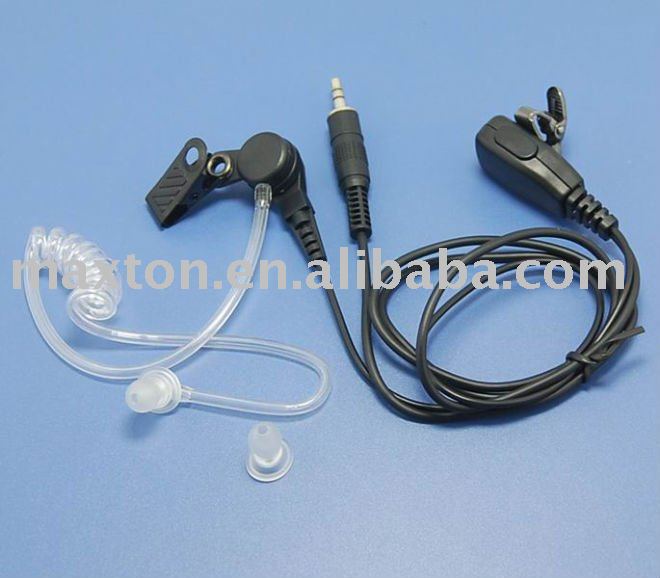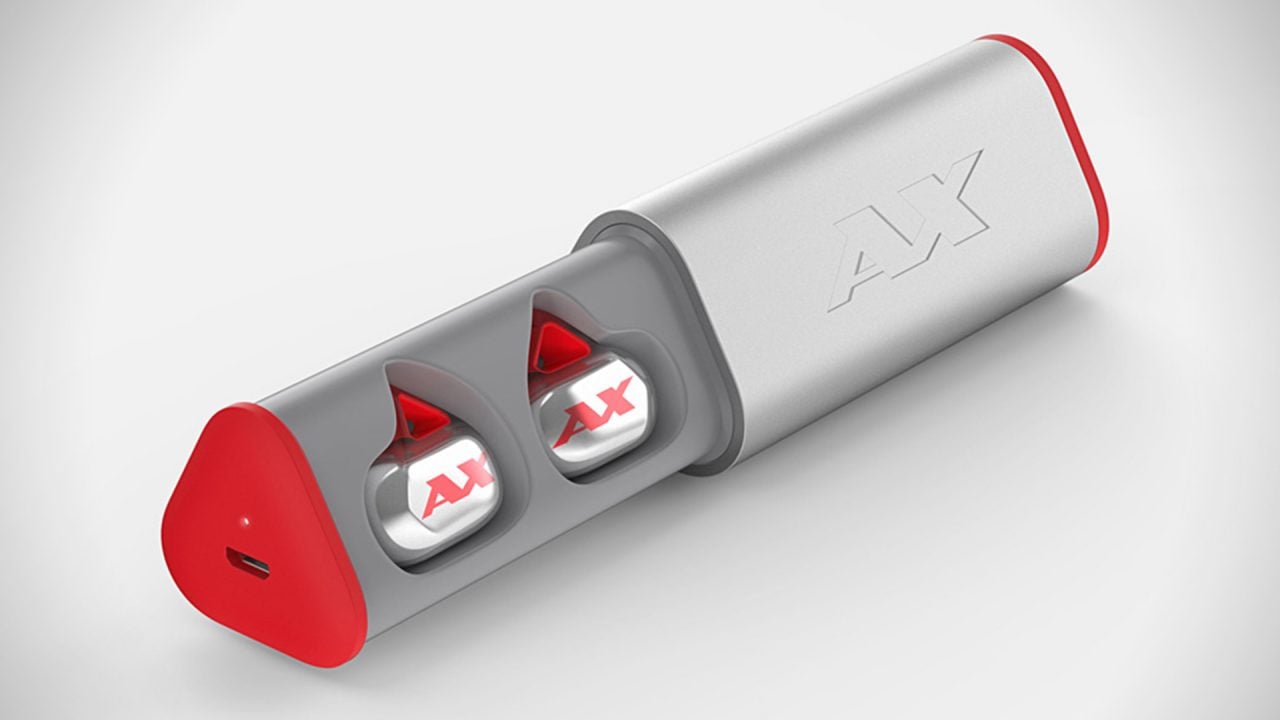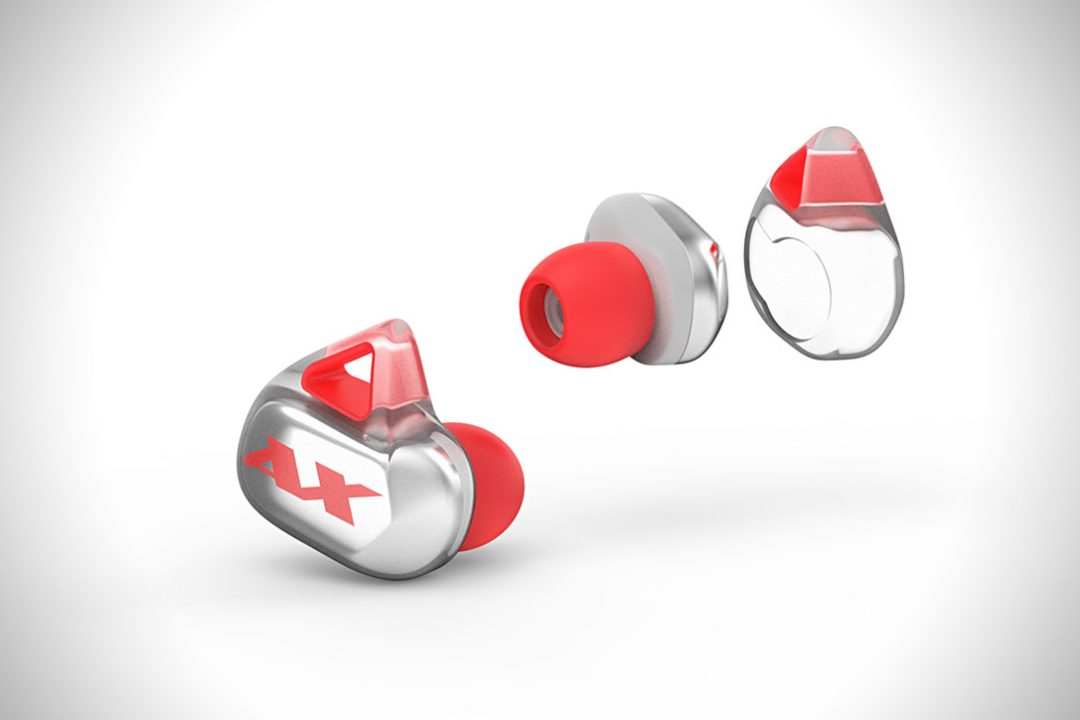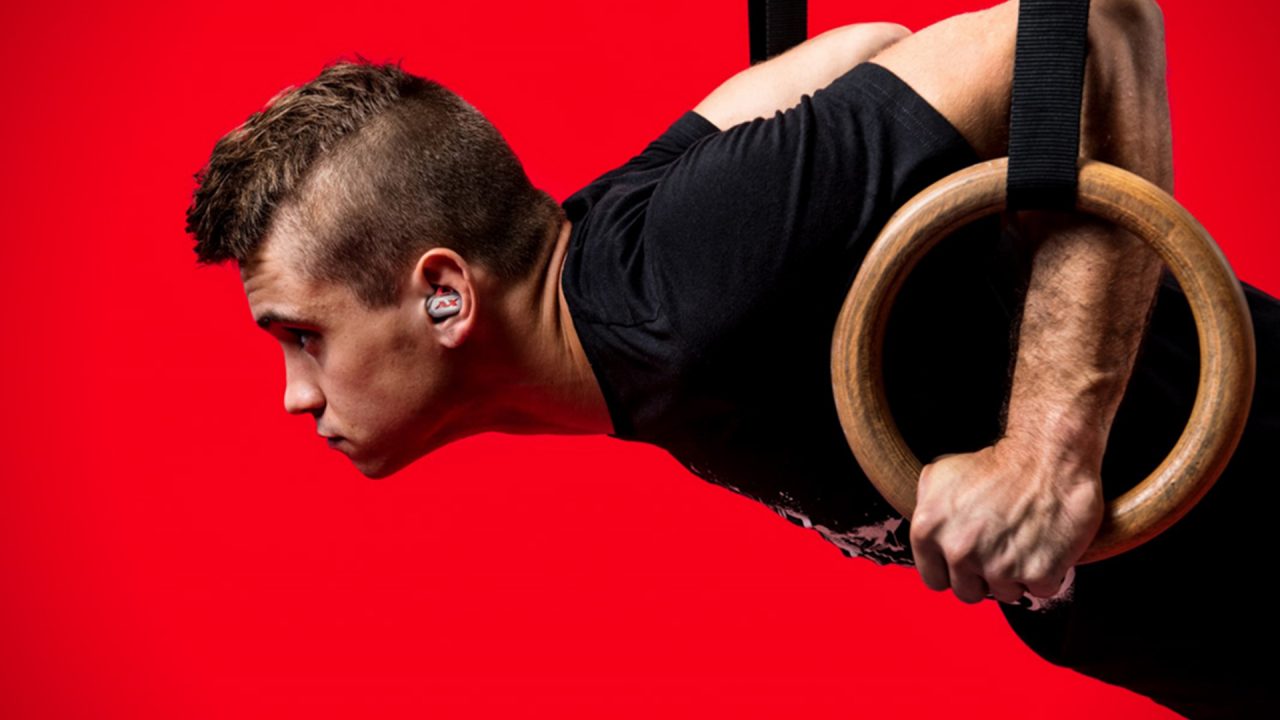A Walkie Talkie is a handheld receiver or portable radio. Walkie talkies come in a pair and they communicate quietly with one another using radio waves, on a single shared frequency band.
Almost all of us grew up with walkie talkies. As children, and especially before the age of mobile phones and technology, we all had a pair and played with them in our gardens.
Walkie talkies have made a comeback. Or maybe they never really went out of style but now they’re sophisticated.
Each unit is battery powered and has an antenna for sending and receiving
radio wave message. There is a transmitter / receiver and a loudspeaker. The loudspeaker doubles up as a microphone. There is a button that you push to talk, pretty much the same way that an intercom works. Some more sophisticated walkie talkies have separate loudspeakers and microphones; it just depends on what you need the walkie talkie for.
Walkie Talkies with noise cancelling headsets
Technology has changed so much and become so much more sophisticated. In the old days, think of the crackles that came with walkie talkies. It was often very difficult to hear what the other person was saying. But a pair of noise cancelling walkie talkie headsets will reduce or remove any unwanted sounds by using active noise control. Note that this is very different from passive headphones which use technique such as soundproofing. Noise cancelling is not
soundproofing.
Our worlds are busy and we become bombarded and overwhelmed by everything around us. We need to listen to some things, but we want to cut out others. Noise Cancelling allows us to do this, while still allowing us to listen to the things we want to listen to at the volume we want them.
Pros of a walkie talkie headset?
Remember when we used to listen to music really loud so we could block out all the other external noise? You don't need to do this anymore. walkie talkie headsets will block out most excess or excessive sound, or the ones you want blocked out anyway. You can now listen to your music at the volume you want, which does not need to be crazy, and the other external sounds (baby crying, man snoring next to you) will be blocked out anyway. Finally, you can listen to and enjoy music in the way you want to enjoy it, at a natural volume. You can hear the fabulous music, have a rich listening experience, and still not be disturbed by chatter around you.
Noise cancelling headphones are fabulous for when you travel or commute. You may be the kind of person who gets on a plane and train and chats to everyone around you. But you may be more solitary and want to sit down and zone out. You can do this easily with a walkie talkie headset. The beauty is that on a plane you won’t hear the noise of the aircraft or its passengers, but you will still hear the safety announcements.
It’s really easy to work in a noisy environment with noise cancelling headphones. You can focus easily without being disturbed and can make use of any space, productively. You can even go and study your history while at a party or in a restaurant. It is also a good idea to use them at home, while studying for exams or so; they cut out the excess noise and you can focus totally on your work.
Students used to turn up the volume of their earphones in order to cut out the outside world’. But with a walkie talkie headset they are finding it is easier to study when music is at a lower volume and when the outside distractions have been eliminated.
Cons to noise cancelling headphones?
There are always cons to everything. Some parents may say they would prefer no headphones at all. They like their children to be available and to engage more and talk more, but we know this is the way of the world. Everyone uses headphones; parents included/ Use them in moderation of course, but still be sociable and take time out in the day, be headphone free, and engage.
Noise cancelling headphones are not very cheap and are in fact possibly even ten times more expensive than ordinary headphones. However, like anything that costs money, they will last for a long time and are super reliable. They may cost more money but will ultimately give a much better noise-free experience.
Lots of research has gone into the design of these special noise cancelling headphones. Each set consists of inner components that cancel out the disturbing external sounds. Ordinary headphones do not have these components, i.e., you cannot cut out the outside sounds. It is quite obvious then, why noise cancelling headphones are more expensive.
These internal components also use up a lot of power. The power can come from internal replaceable batteries or they can be rechargeable.
The walkie talkie headset that carry their own power supply means they are heavier than ordinary headphones. Not all sets carry their own power supply. The ones that are rechargeable are lighter, but they can drain the devices they need to plug into for power.
The quality of sound when using a noise cancelling walkie talkie headset can be compromised. It is unusual though and it is only the most sensitive of ears that would pick this up. There have been very few complaints of a tinny almost mechanical sound, but these complaints are few and far between.
Not all sounds are blocked out by a walkie talkie headset, although we did mention this under pros as well. It is never possible to cancel out all external sounds, but we still need to be able to hear police sirens, pilot announcements or the high pitched screaming of your next door neighbor. All every day external sounds though are muffled and definitely much quieter, and the sounds that you don't need to hear, are gone.













